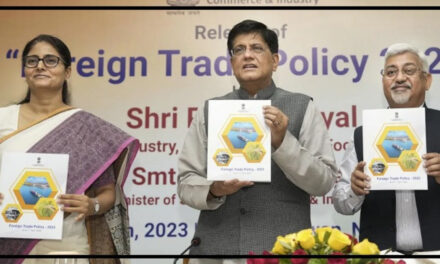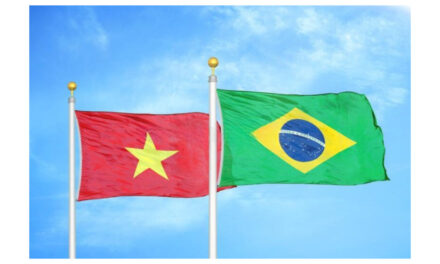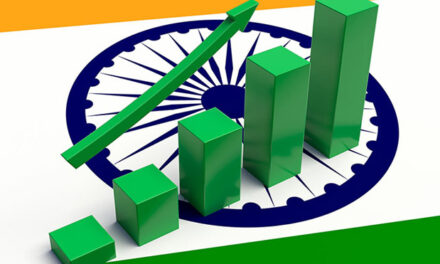 Applying a standard goods and services tax (GST) of 12 percent on textiles, as proposed by the Center, could increase the prices of cheap clothing by 6 percent, dent demand, close 95,000 small units and result in 7- 10 lakh job losses, according to a survey conducted by the textile organization Clothing Manufacturers Association of India (CMAI). In contrast, a standard GST of 5 percent can increase demand for garments priced over ₹1,000 by about 0.5 percent, lower the price by about 5 percent and create additional jobs of about 30,000 to 40,000, the study finds.
Applying a standard goods and services tax (GST) of 12 percent on textiles, as proposed by the Center, could increase the prices of cheap clothing by 6 percent, dent demand, close 95,000 small units and result in 7- 10 lakh job losses, according to a survey conducted by the textile organization Clothing Manufacturers Association of India (CMAI). In contrast, a standard GST of 5 percent can increase demand for garments priced over ₹1,000 by about 0.5 percent, lower the price by about 5 percent and create additional jobs of about 30,000 to 40,000, the study finds.
Taking the middle ground by applying a standard GST of 7-8 percent to textiles will result in a small decrease in demand volume of about 0.5 percent, not lead to major unit shutdowns and lead to negligible job losses. However, the government does not have an existing 8 percent bracket for GST.
“The investigation has been submitted to the Ministry of Finance. The textile industry has proposed to maintain a status quo on the current GST rates and once new plates are made effective, the industry could be shifted to the 7-8 percent plate,” said Sanjay Jain, a textile producer from Delhi.
Reverse task structure
To correct the existing structure of reverse duties, the Central Council of Indirect Taxation and Customs (CBIC) has reported an increase in the GST rate of various textiles, clothing and footwear to 12 percent, compared to 5 percent previously (for articles with a price of less than ₹1,000), which will take effect from January 1, 2022. GST rates for man-made fibers have been reduced to 12 percent from 18 percent, while those for clothing priced over ₹1,000 have been kept at 12 percent.
While the measure aims to bring about uniformity of rates across the textile sector and end distortions of reverse duties (whereby inputs are taxed at a higher rate than finished products), textile authorities have said it would be a severe blow to small-scale clothing manufacturers already struggling with rising raw material prices.
“The Finance Minister listened very patiently to the grievances of the textile industry. But a final decision rests with the GST council,” said another textile industry source who attended the meeting with FM earlier this month.
The former finance minister of West Bengal, Amit Mitra, is reported to have said at a recent press conference that the need to correct the reverse tax structure put forward by the Center as an urgent reason to justify the rate hike does not have much merit as only 15 percent of the textile industry suffers from the anomaly. Mitra, in a tweet on Sunday, asked Prime Minister Narendra Modi to convene an urgent meeting of the GST council to reverse the decision.
Impact on tax collection
According to the CMAI study, potential tax collection is likely to increase by 7,000-8,000 crore if a uniform GST of 12 percent is applied across the entire textile supply chain. Tax collection could fall by about ₹1,500 crore if a 5 percent GST is adopted instead. In the case of an 8 percent GST on textiles, the tax collection could increase to ₹2,000 crore.
According to CMAI, the research was conducted by interviewing multiple stakeholders, including major players and SMEs in the value chain from fiber to retail.










